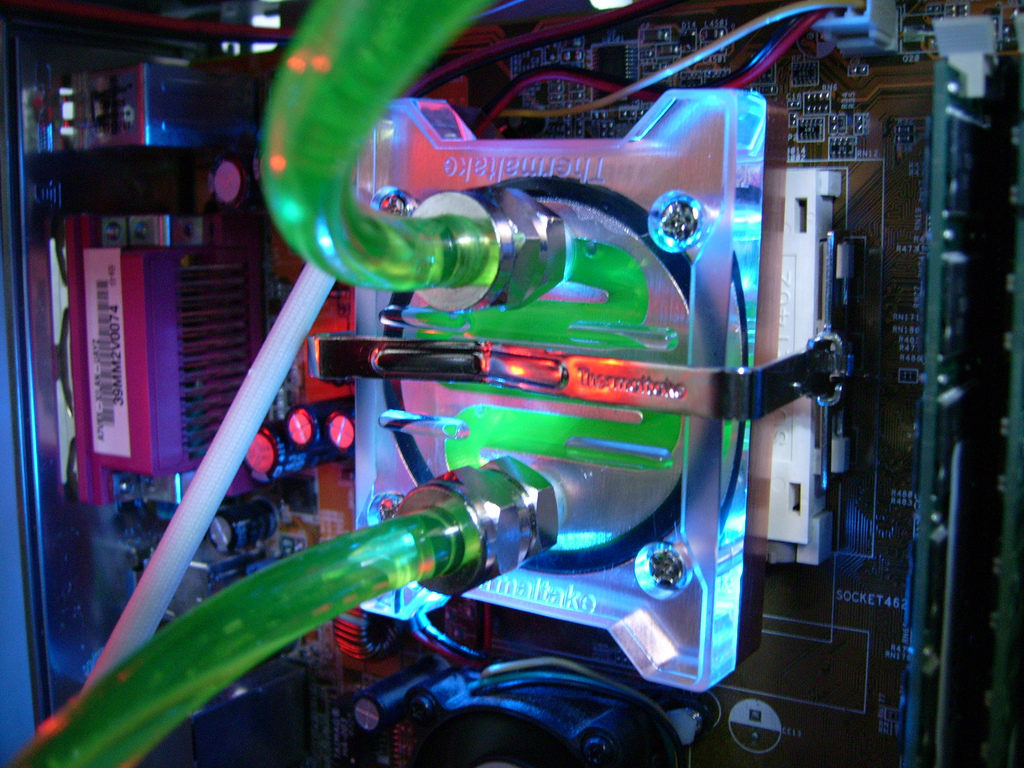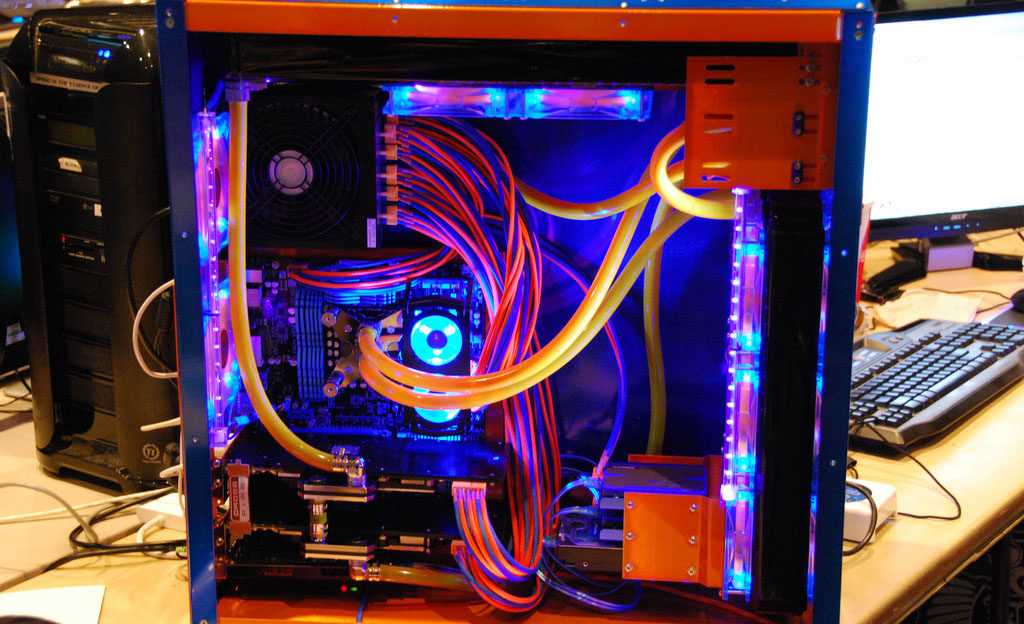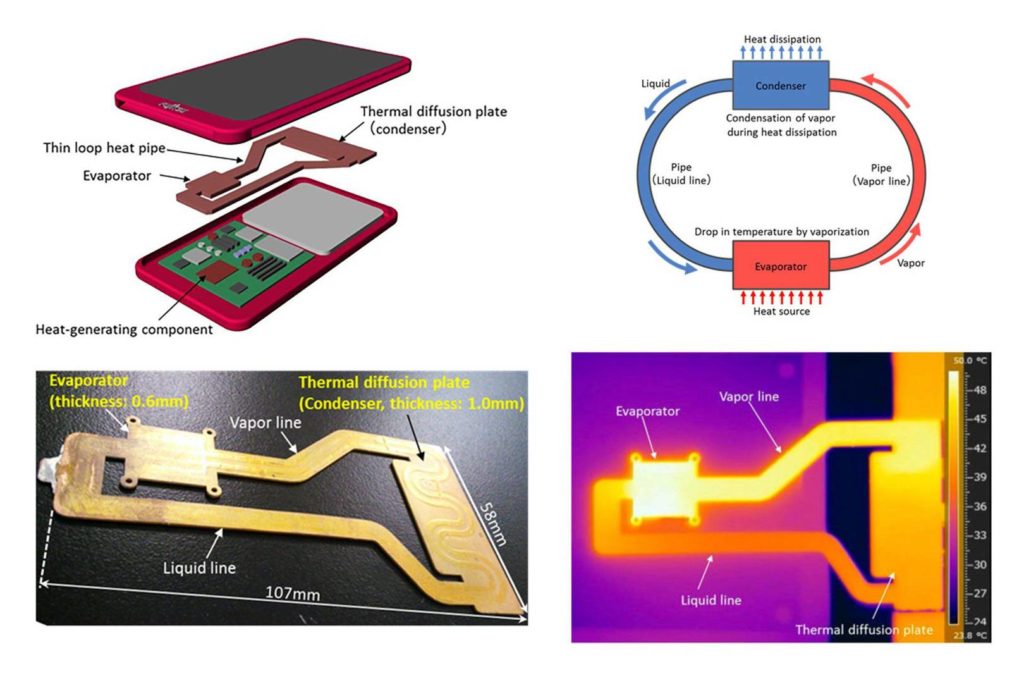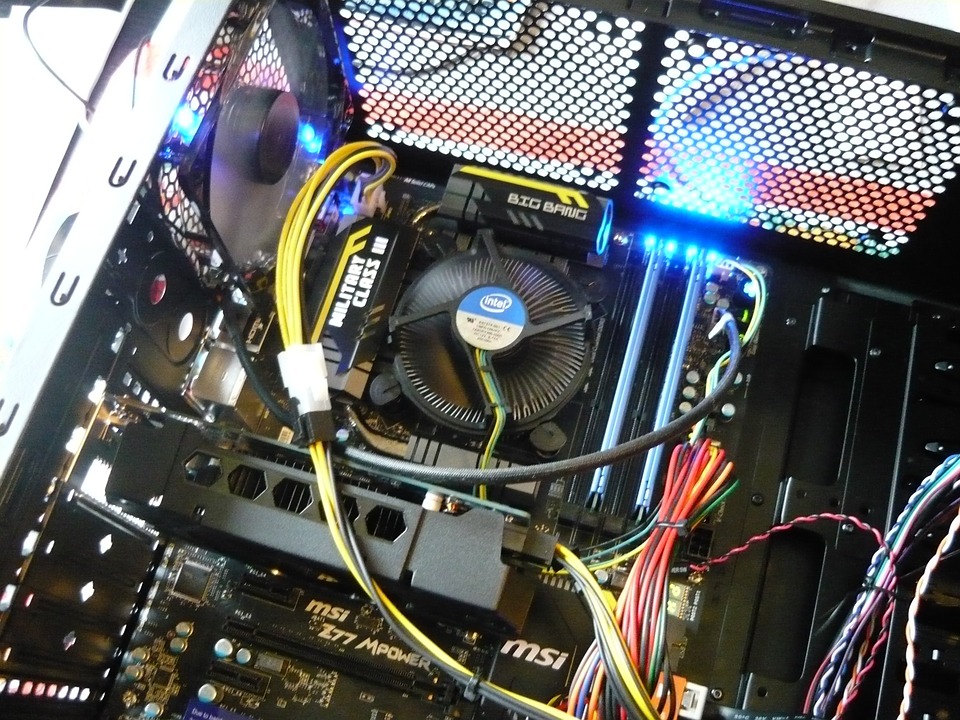The world these days is gadget friendly. Mobile handsets, Notepads, Personal Computers and Laptops are the most used gadgets. Earlier mobile handsets were used for receiving and connecting calls. Though with the advanced features they are now used as a camera, audio-visual instrument. But, the more featured phone it is the more heat it generates.

You must have noticed the heating up of your mobile phone when you are in the middle of a web series at Amazon Prime. Also, you have noticed the handset often gets heated up while playing a game on it. Or else you must have noticed the sound of highly blowing fans when playing a high graphical game on Personal Computer and this is a matter of concern. To deal with the heating up of the smartphones and computers; they come up with the Liquid and Air Cooling Technologies. It is a decisively proven cooling method in many present-day technologies. Water cooling aka liquid cooling is the act of using a liquid powered cooler.

These days, there are two main motives why people refer to liquid cooling. The first one acts and the other is aesthetics. In contrast to air, liquid cooling is 2-12 times more operative in transferring heat away from a source to a subordinate cooling surface, where the ratio hinge on the way it is exploited.
Let Take Deep Breathe and Know More on the Liquid Cooling Technology in Smartphone
The liquid cooling technology in smartphones works on the primary principle of dissipation of heat. The cooling structure entails a heat pipe with a liquid in it. This liquid turns into a vapour by riveting heat from the chipset.

The heat is additionally dissolute, and the circulatory heat is retained. There are several components convoluted inappropriate heat dissipation in a smartphone. The vital one is the heat pipe. It comprises the liquid which regulates as the heat carrier. It runs nearby the heat producing component generally the motherboard.
Read Also: SSD vs. HDD: Which is the best buy ?
Most liquid-cooled smartphones use water as a medium to keep the processor cool. The diffusion plate being next component acts as the electrolytic condenser for the vapour. It turns the vapour into the liquid to use it over again. This is a bolted loop system, and thus, the cycle holds onto reiterating.
It makes the key difference in performance as the processor is uninterruptedly in touch with the liquid and it cools down speedily. So there will be no chance of processor throttling down which escalates the mobile phone’s performance greatly matched to other devices.
Why Is Liquid Cooling Technology in Smartphone Needed?
Attributable to the elementary structural design, any processing device will produce heat when current transit in its circuits. Because these components have resistance, they are disposed to heat.
The intensity of the temperature depends on the size of the chip because a bigger chip contains an added number of components. So, to defend these Nano chips from piping hot, heat dissipation is essential.
Let’s Understand Air Cooling Technology Now
The air cooling technology is mechanized in utmost smartphones as the liquid cooling is earmarked for the higher-end ones. It is used to avert high temperature and choking of the device.

A metallic plate is employed in contact with the central processing unit surface. It is designated grounded on its heat absorption properties. It is additionally linked to the body of the device.
The heat movement takes place over the metallic plate, drifts to the phone’s body and, is lastly dissolute. That’s why the phone becomes hot under substantial load.
Why and When Is Air Cooling Technology Needed?
You must have noticed that while playing high graphical games the mobile spontaneously becomes hot. To retrieve the device to its usual state we don’t have any exterior source. Thus we necessitate depending only on the atmosphere air.
Read Also: What’s the Difference Between Windows OEM and Retail License Key
If the nearby temperature itself is burning, at that time device won’t get back to its normal temperature with any trouble. It is then we require keeping our device in Flight mode or need to leave the device for some minutes.
Liquid Cooling vs. Air Cooling: Which One is Better?
Widely it has been seen that Liquid Cooling is mostly been used in Smartphones and Air Cooling is been used in PC and Laptops. The major opponent of all personal computers and smartphones is heat. Owing to the impedance of the electrical circuits in chips, heat is produced as a form of energy loss.
Thus, generates the need of disbursing the heat. This is done with the Liquid Cooling and Air Cooling Technologies. Below mentioned Pros and Cons of both the technologies can help you decide which one is better-
Pros of Liquid Cooling Technology:
- It lets you cool exact system constituents to a better degree when compared with the fans.
- Liquid cooling is much noiseless than filling your case occupied with fans.
- Liquid cooling is more effective in eliminating superfluous heat. This pro is derived from the fact that water or any fluid coolant has greater heat capacity, compactness, and thermal conductivity than air. This lets the system to deliver more heat over better detachments.
- Liquid Cooling System does not make noise. It is in fact comparatively noiseless.
- A liquid cooling system is more compressed and consumes lesser space than an air cooling system.
Cons of Liquid Cooling Technology:
- The constituents of a liquid cooling system are costly. One big disadvantage of water cooling is its relatively high cost, particularly if you’re looking to shape a custom structure.
- Planning a liquid cooling system from scrapes complicated as it necessitates a definite degree of thoughtfulness in the streams of electronic engineering and thermodynamics.
- Below par employed liquid cooling system is expected to be leaking. A sole drop of liquid can collapse an electric constituent.
- The components of liquid cooling necessitate linking tubes and wires, understanding the location of loops and fans.
- Exposure to leaks thus makes liquid cooling disapproving.
- Liquid cooling generally takes more time to fix.
Pros of Air Cooling:
- The vital advantage of using air cooling is that the fans that play an important role are comparatively inexpensive. Fans are widely available in the market and this excess of supply results in their being low-priced.
- It is easier to install and thus costs lesser or no installation charges and efforts.
Cons of Air Cooling:
- An immense fan combination might do well adequately, but the finest CPU coolers cover up a major portion of your CPU.
- Fans produce noise that turns out to be clearer when the Personal Computer is hackneyed.
To Conclude
Planning a liquid cooling structure might be one of the assurances of constructing a customized personal computer. People deeply in love with their made-to-order Personal Computer should prudently deliberate what cooling system works best for them. Based on the usage one should choose between liquid cooling and air cooling.
A usual air cooling system is positively a hands-on and operative way out for Personal Computer users. The same is spot-on for persons who have inadequate economic resources.
A liquid cooling system is perfect for authoritative personal computers fabricated to transmit heavy processing tasks such as gaming and audio and video dealing out or for a complete computer structure that features an overclocked CPU or a numerous Graphics Processing Unit system. Stopping a computer from overheating by eliminating additional internal heat is an indispensable upkeep reflection.
CPUs can and GPUs can factually burn. Operative cooling can also spread the lifetime of other computer components such as voltage regulatory constituents and memory. Liquid cooling works well than air cooling as it permits transfer of heat from the source to a more well-organized location for cooling. The liquid acts more of a heat carrier and liquid cooling is intended to eliminate heat from areas where the air is hard and airing are hard to familiarize.
Single size does not fit all when it hail from to case cooling, but people can get by with fans alone. It’s simple, and it’s inexpensive. Alternatively, you’re afanatic who requires the best cooling possible for your blazing CPU and a group of graphics cards using a Liquid Cooling AC is recommended. To end with, try a closed liquid cooler if you’re seeing liquid cooling either to keep your overclocked processor laid-back or merely to help from condensed system noise.
